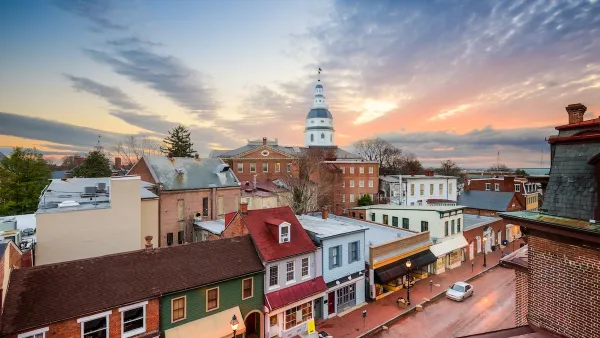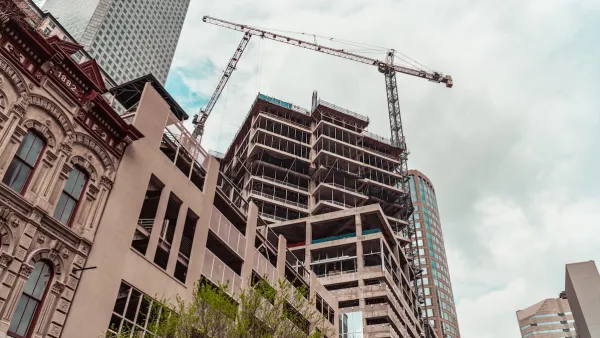Yesterday’s Washington Post contained a list of elite public schools- schools where the average student SAT is over 1300. Since suburban schools generally have better reputations than urban schools, one might expect that all the schools on the list would be in prestigious suburban school districts. But in fact, this is not the case. Three New York City schools (Stuyvestant, Hunter College, Bronx High) and one school near downtown Richmond (Maggie Walker) are on the high-SAT list- despite the fact that the New York City and Richmond school districts, like nearly all urban school districts, have mediocre reputations.
Yesterday's Washington Post contained a list of elite public schools- schools where the average student SAT is over 1300. Since suburban schools generally have better reputations than urban schools, one might expect that all the schools on the list would be in prestigious suburban school districts. But in fact, this is not the case. Three New York City schools (Stuyvestant, Hunter College, Bronx High) and one school near downtown Richmond (Maggie Walker) are on the high-SAT list- despite the fact that the New York City and Richmond school districts, like nearly all urban school districts, have mediocre reputations.
What do these schools have in common? All of them are selective "exam schools" rather than typical public neighborhood schools. While most neighborhood schools must accept all comers, these schools can screen out low-achieving students.
The success of exam schools explodes the common idea that a school's success is due to the competence of its school system. If this were so, exam schools would be as unsuccessful as other urban schools. But the success of exam schools suggests that a school's success or failure reflects students' ability to succeed going into school: if a school has smart children, those children will have high test scores no matter what the school boards and bureaucrats do- and if a school has low-achieving children, the bureaucrats aren't likely to turn them into high-SAT students.
This reality, in turn, explodes two common myths - one cherished by suburbanites, and another cherished by political liberals. The suburban myth is that their "good" schools are due to their bureaucrats' own honesty and diligence. But if allegedly incompetent urban school districts have schools with better results, this claim is factually incorrect. Instead, suburban schools' success arises from their ability to use zoning to exclude disadvantaged households (which, all else being equal, are more likely to produce low-achieving students): the more exclusion, the better the test scores, and the better the reputations of the schools.
The liberal myth is that with enough money, low-performance urban schools can be brought up to suburban standards. But if students' performance reflects their pre-admission skills, this view seems implausible. I do not deny that schools can make a difference- but that difference may not be enough to make up for inequalities caused by natural differences in ability and differences caused by social disadvantage.

Analysis: Cybertruck Fatality Rate Far Exceeds That of Ford Pinto
The Tesla Cybertruck was recalled seven times last year.

National Parks Layoffs Will Cause Communities to Lose Billions
Thousands of essential park workers were laid off this week, just before the busy spring break season.

Retro-silient?: America’s First “Eco-burb,” The Woodlands Turns 50
A master-planned community north of Houston offers lessons on green infrastructure and resilient design, but falls short of its founder’s lofty affordability and walkability goals.

Test News Post 1
This is a summary

Analysis: Cybertruck Fatality Rate Far Exceeds That of Ford Pinto
The Tesla Cybertruck was recalled seven times last year.

Test News Headline 46
Test for the image on the front page.
Urban Design for Planners 1: Software Tools
This six-course series explores essential urban design concepts using open source software and equips planners with the tools they need to participate fully in the urban design process.
Planning for Universal Design
Learn the tools for implementing Universal Design in planning regulations.
EMC Planning Group, Inc.
Planetizen
Planetizen
Mpact (formerly Rail~Volution)
Great Falls Development Authority, Inc.
HUDs Office of Policy Development and Research
NYU Wagner Graduate School of Public Service





























